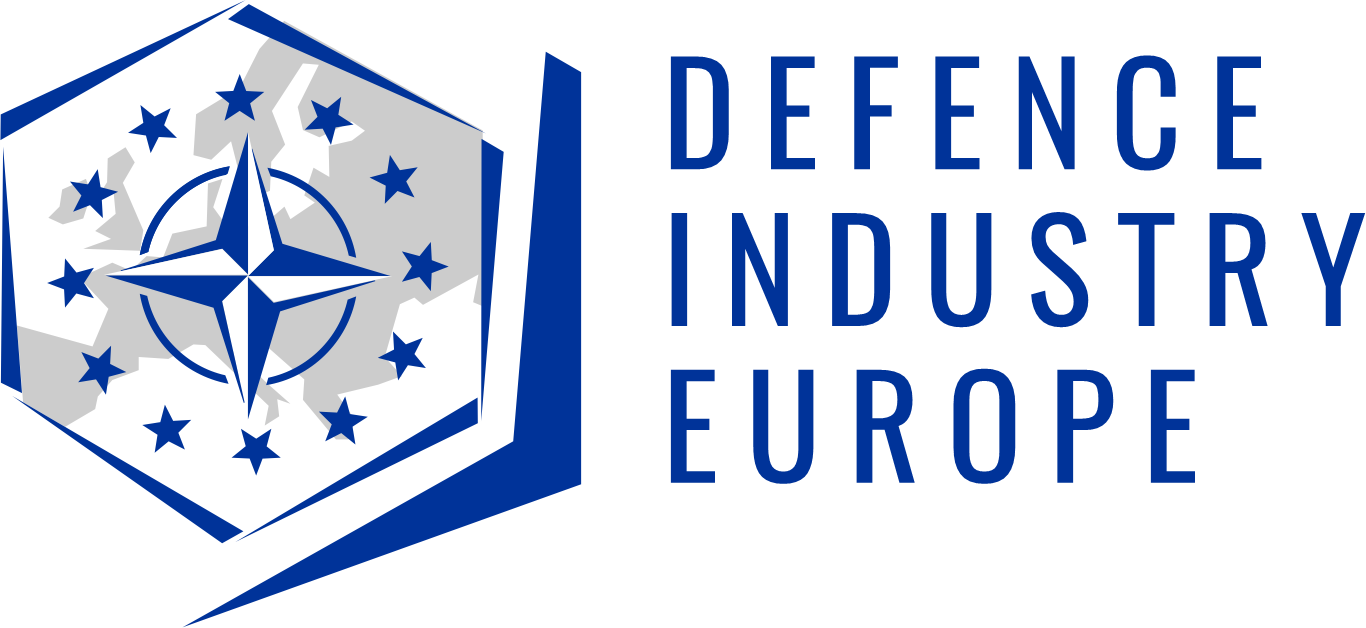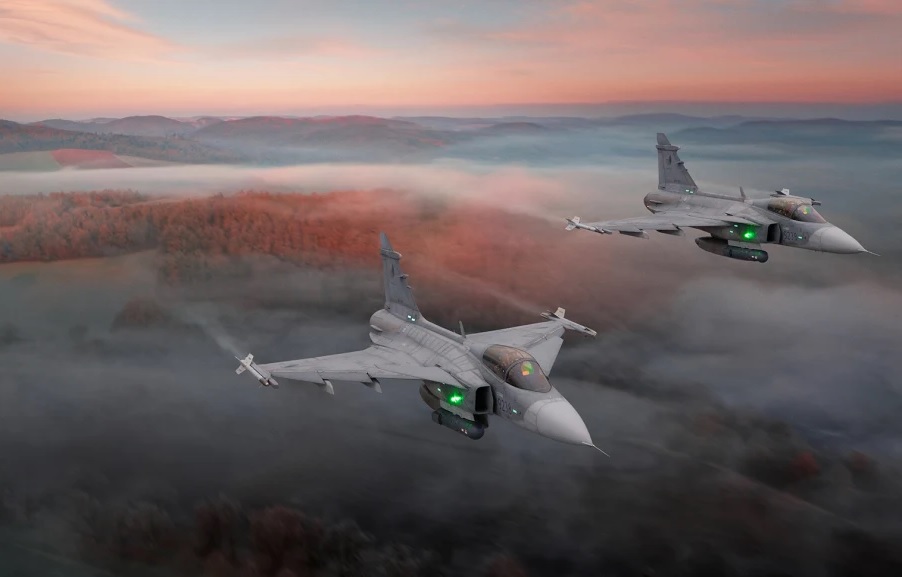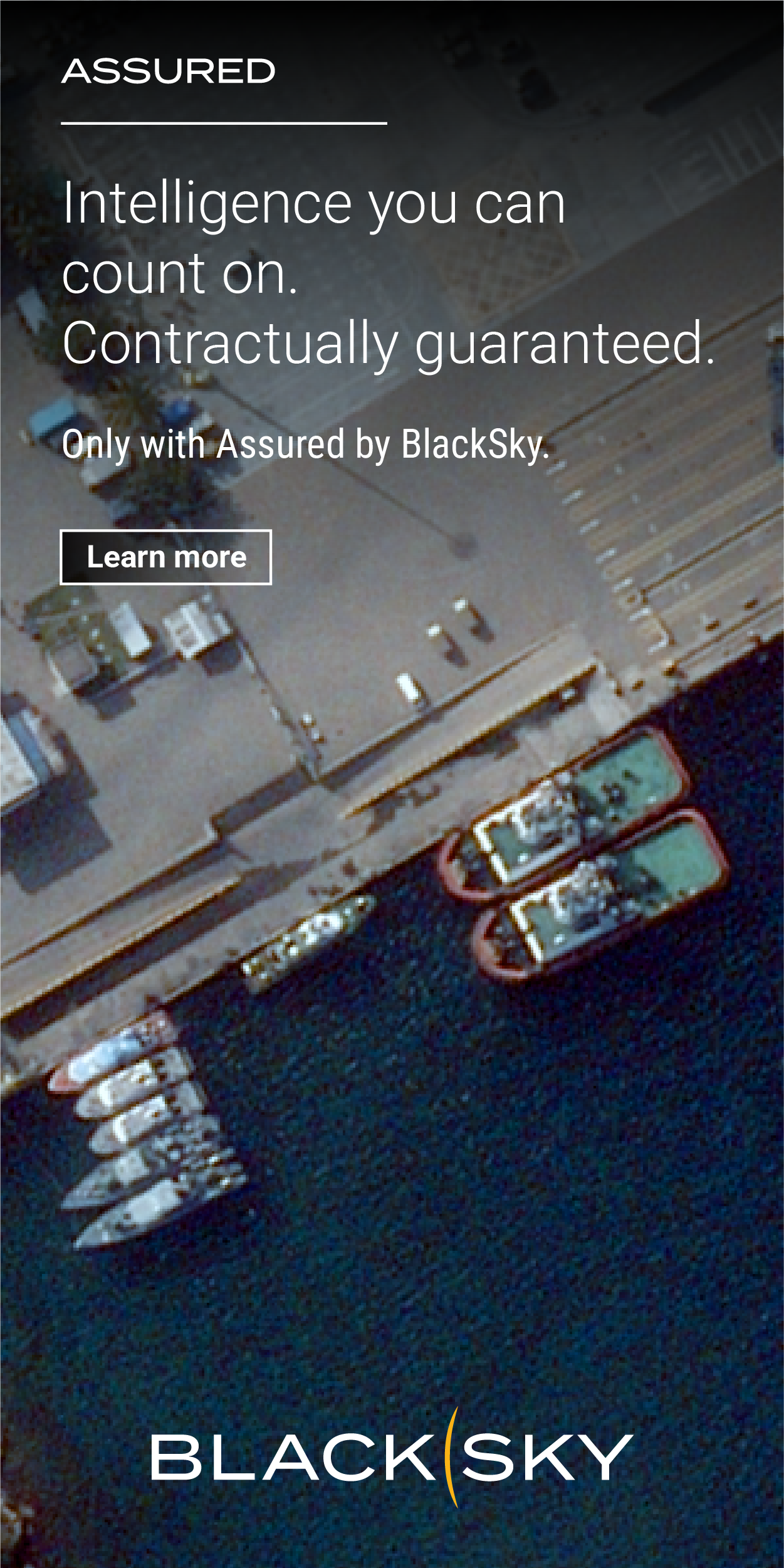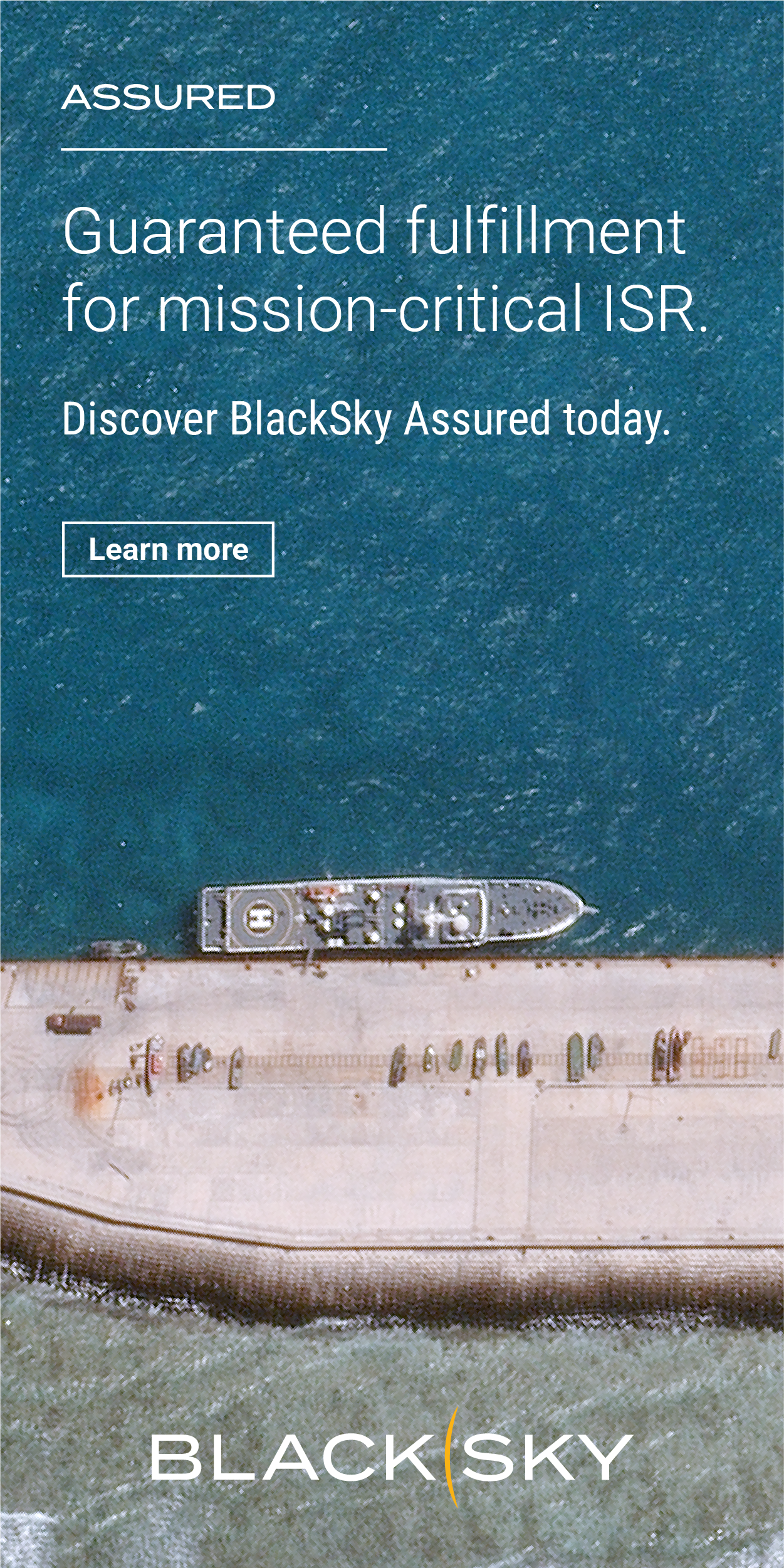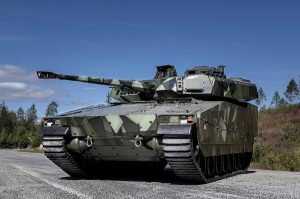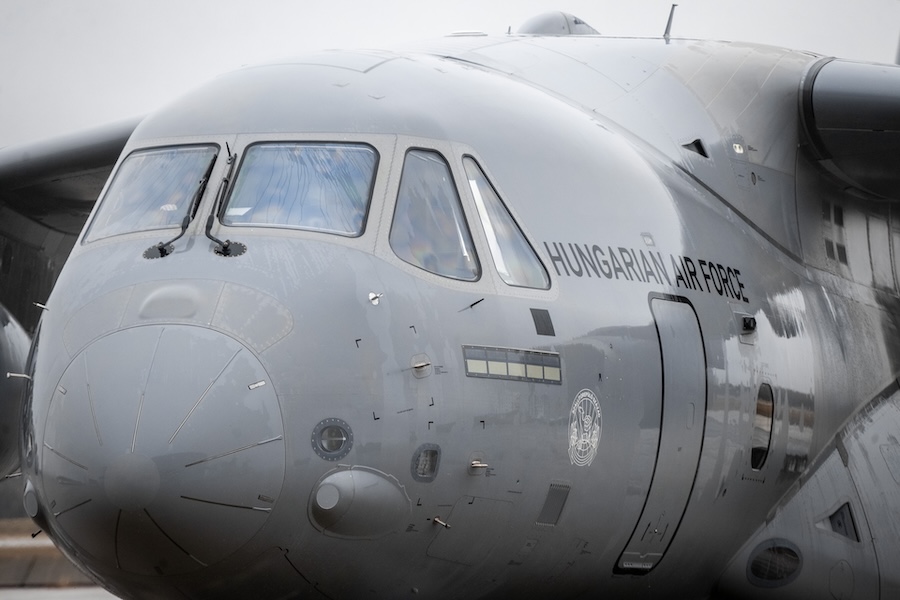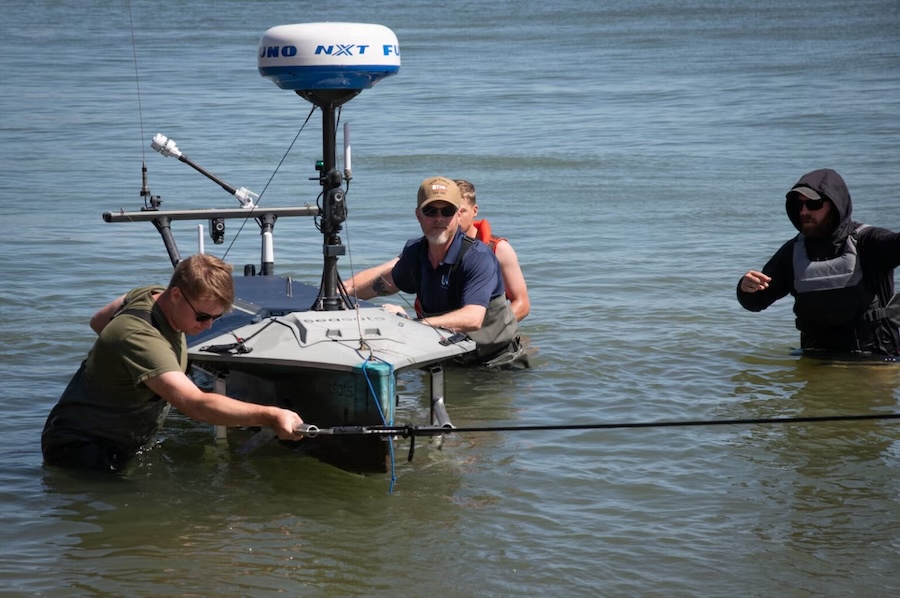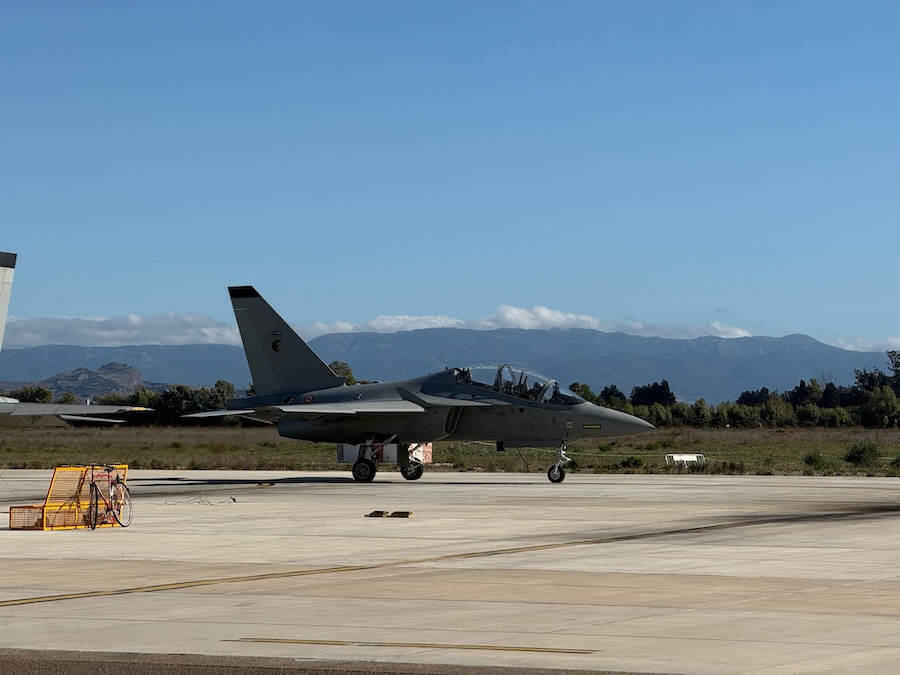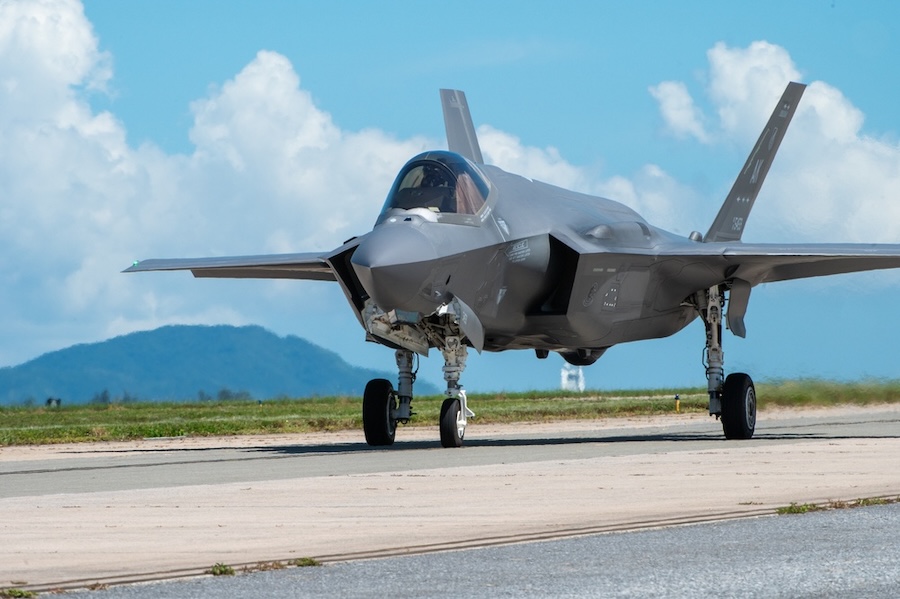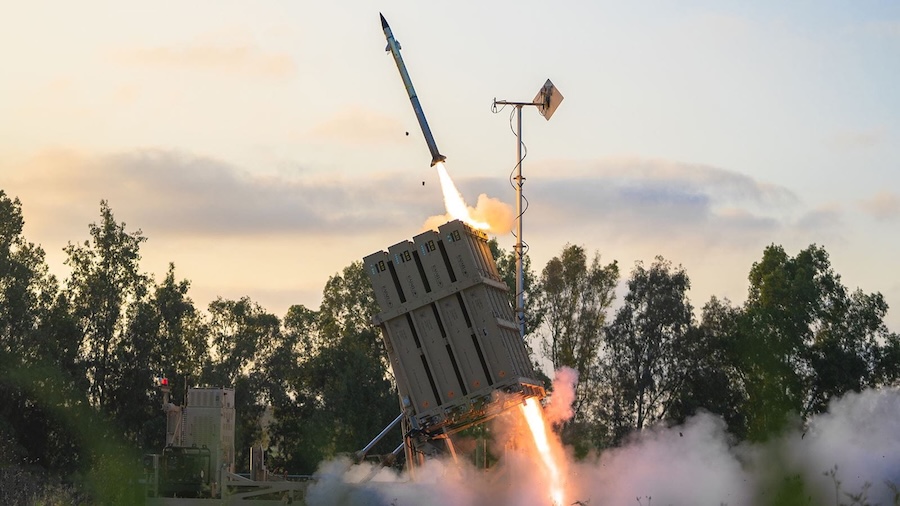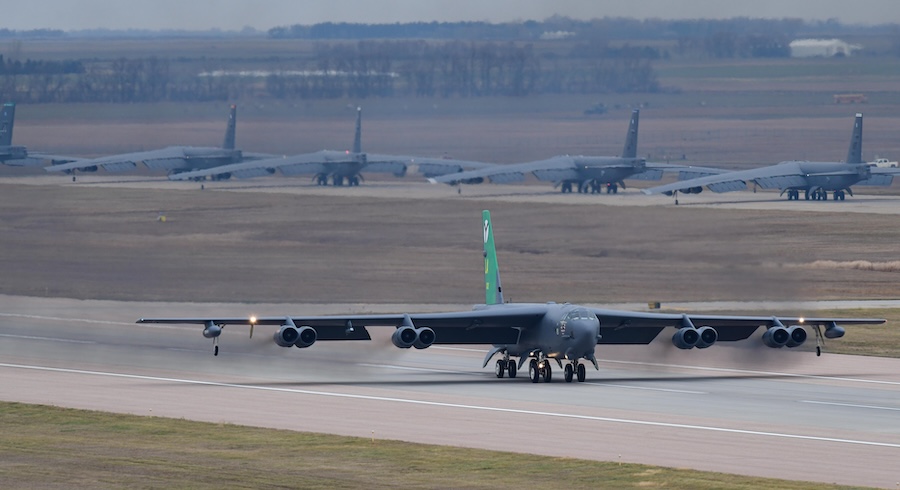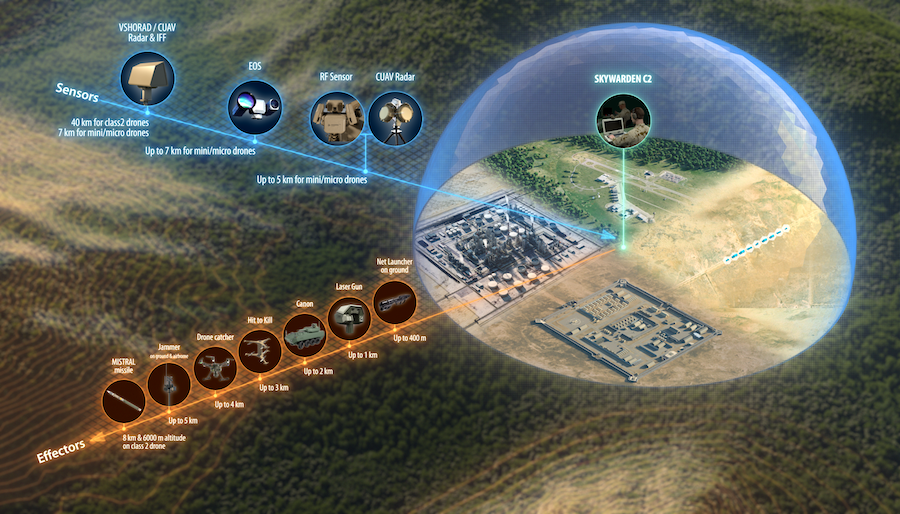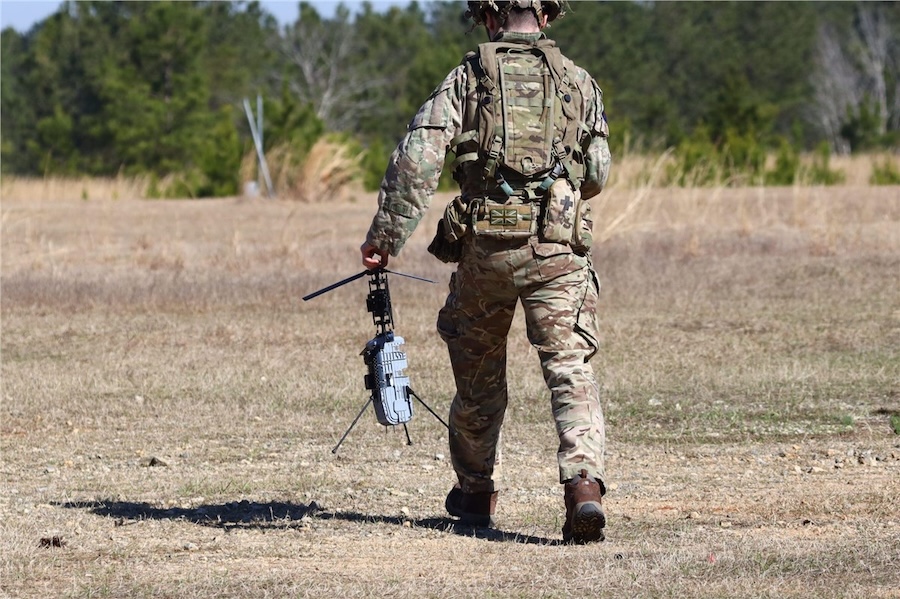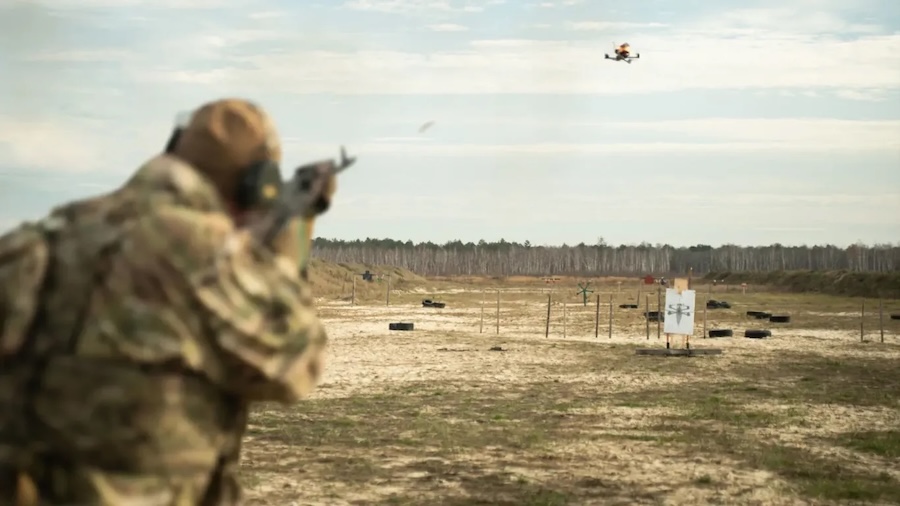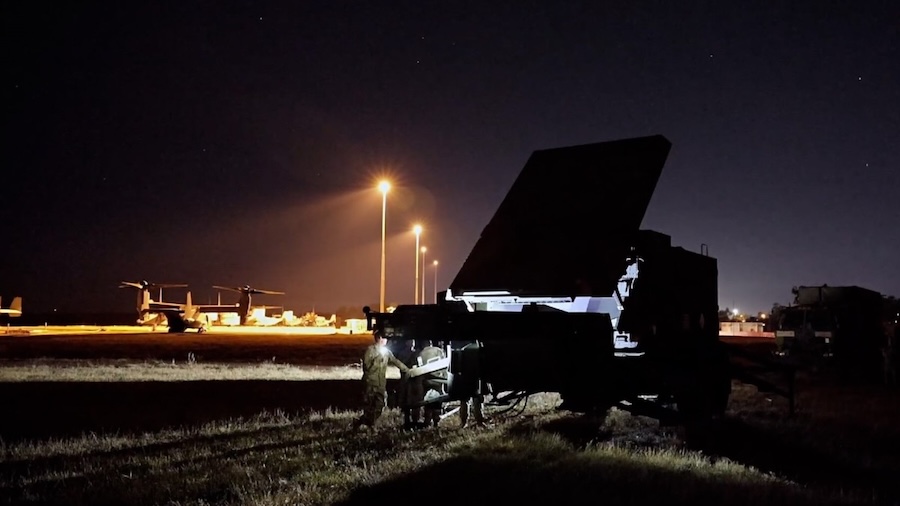In the early 2000s, the Czech Republic faced the challenge of modernising its ageing fleet of MiG-21s after joining NATO in 1999. The Swedish JAS-39C Gripen was selected for its capabilities and favourable leasing terms, with an agreement for 14 aircraft signed on 14 June 2004.
The integration of the Gripen into the Czech Air Force was completed in under a year, highlighting the dedication of both Czech personnel and Saab. By 18 April 2005, the first aircraft had landed at Čáslav, and soon after, they achieved Quick Reaction Alert (QRA) readiness, fully replacing the MiG-21s.
The transition marked a technological leap, as Gripen pilots gained access to advanced avionics, improved sensors and increased autonomy. “In the beginning, our squadron could only cover air policing tasks. But as we gained more experience, we expanded our role. We quickly became one of NATO’s top air combat units,” said Michal Daněk, a former Gripen pilot with over 2,200 flying hours.
In 2008, the introduction of the AIM-120C-5 AMRAAM missile significantly enhanced the Gripen’s air-to-air combat capability. The aircraft continued to evolve, receiving air-to-air refuelling capability in 2012, enabling participation in missions such as Icelandic and Baltic Air Policing.
Further upgrades followed, including the integration of the Litening 4i targeting pod in 2018 for improved ground strike precision. From 2016, the MS20 software update brought the PS-05/A Mk3 radar and Link 16 data link, boosting interoperability with NATO allies.
Despite a fleet of only 14 aircraft, the Czech Gripens have demonstrated exceptional reliability and performance. Since 2005, pilots have logged over 38,000 flying hours, and the aircraft remain a key component of national and alliance air defence.
Source: Saab.



